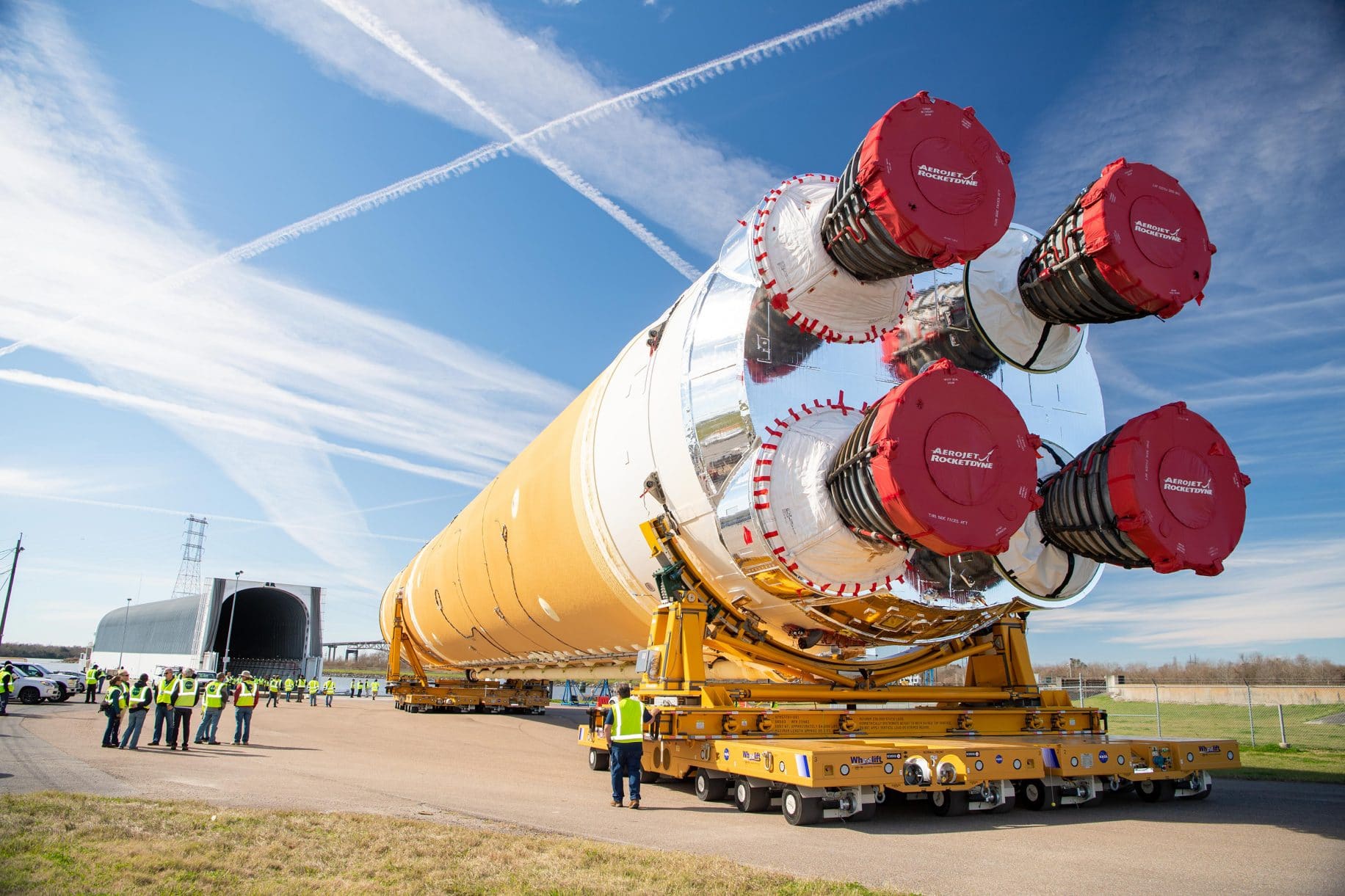| In this week’s newsletter, dive into the discovery of a star behaving like no other seen before, giving fresh clues about the origin of a new class of mysterious objects; get the latest details on work being done to prepare for the next Americans to walk on the Moon; and learn what the MAVEN (Mars Atmosphere Volatile Evolution) mission has observed, for the first time, after a decade of searching. Plus, more stories you might have missed. |
| THE UNIVERSE Star Behavior  |
| A team of astronomers has combined data from the Chandra X-ray Observatory and the Australian Square Kilometer Array Pathfinder radio telescope to study the antics of a star behaving like no other seen before, known as ASKAP J1832−0911. ASKAP J1832−0911 belongs to a class of objects called “long period radio transients” discovered in 2022 that vary in radio wave intensity in a regular way over tens of minutes. This is thousands of times longer than the length of the repeated variations seen in pulsars, which are rapidly spinning neutron stars that have repeated variations multiple times a second. ASKAP J1832 cycles in radio wave intensity every 44 minutes, placing it into this category of long-period radio transients. Using Chandra, the team discovered the object is also regularly varying in X-rays every 44 minutes, making this discovery the first time that such an X-ray signal has been found in a long-period radio transient. CHANDRA’S DISCOVERY |
SCIENCE
Atmospheric Sputtering at Mars
After a decade of searching, the MAVEN (Mars Atmosphere Volatile Evolution) mission has, for the first time, reported a direct observation of an elusive atmospheric escape process called sputtering that could help answer longstanding questions about the history of water loss on Mars.
EXPLORING MARS’ SURFACE
| PODCASTS Eye of the Storm This week, Houston We Have a Podcast concluded their series exploring the roles within mission control and the International Space Station flight control room. Over the course of six months, the series highlighted the work taking place at the home base of NASA’s human space flight operations, which monitors and controls the Space Station all day, every day. LISTEN |  |
 TECHNOLOGY Sticking the Landing Advancing new hazard detection and precision landing technologies to help future space missions successfully achieve safe and soft landings is a critical area of space research and development, particularly for future crewed missions. To support this, NASA is pursuing a regular cadence of flight testing on a variety of vehicles, helping researchers rapidly advance these critical systems for missions to the Moon, Mars, and beyond. LEARN MORE |  SCIENCE First Light On May 27, the Electrojet Zeeman Imaging Explorer mission was cleared to begin its 16-month-long science mission after team members collected “first light” measurements and completed initial checkouts to ensure the satellites are healthy and operating normally after deployment into space. The mission will be the first dedicated to studying the magnetic fingerprint of the auroral electrojets. LEARN MORE |
| More NASA News |
 | At 1:44 a.m. EDT on May 15, the unpiloted SpaceX Dragon spacecraft splashed down off the coast of California, marking the return of the company’s 32nd commercial resupply services mission to the International Space Station for NASA. The spacecraft carried back to Earth 4,122 pounds of supplies and scientific experiments designed to take advantage of the space station’s microgravity environment. |
 | Engineers with the Psyche mission have developed a solution to address the decrease in fuel pressure detected recently in the spacecraft’s propulsion system and have successfully switched to a backup fuel line. Now that the swap to the backup fuel line is completed, engineers will command the spacecraft’s thrusters to resume firing by mid-June. The mission launched Oct. 13, 2023, to explore a unique metal-rich asteroid with the same name. |
 | Technicians at NASA’s Kennedy Space Center in Florida recently powered on the Artemis III Orion crew module for the first time, a key milestone in the work being done to prepare for the next Americans to walk on the Moon. |
| Do You Know? |
 |
| Next week marks the 60th anniversary of the first spacewalk made by an American astronaut. On June 3, 1965, Edward H. White II became the first NASA astronaut to leave his spacecraft and float in space for 23 minutes. |
| Which of these phrases did Ed White say during his Gemini IV spacewalk? A. “Look ma, no hands!” B. “What does this button do?” C. “I feel like a million dollars.” |
| Find out the answer in next week’s edition of the NASA newsletter! |
 | Last week, we asked which song Mission Control played for the crew of STS-101 on May 19, 2000. The answer? “Free Fallin’” by Tom Petty, a favorite of STS-101 crewmember Susan Helms. Has your favorite song been used as a wake-up call? |
 |
| Do you have a telescope? Would you like to see some of the same night sky objects from the ground that Hubble has seen from space? We invite you to commemorate the Hubble Space Telescope’s 35th anniversary by accepting our yearlong stargazing challenge! New challenge objects will be featured weekly. This week’s object is Messier 5 (M5), one of the oldest globular clusters in the Milky Way galaxy. With a location 25,000 light-years away in the constellation Serpens (The Snake), M5 appears as a patch of light with a pair of binoculars. The most massive stars age quickly, exhausting their fuel supply in less than a million years, and end their lives in spectacular supernova explosions. This process should have left the ancient cluster M5 with only old, low-mass stars, yet astronomers have spotted many young, blue stars amongst the ancient stars in this cluster. Astronomers think that these laggard youngsters, called blue stragglers, formed either by collisions between stars or other stellar interactions. JOIN THE CELEBRATION |
NOTE: This is a NASA publication. Used with permission and formatted to fit this screen
